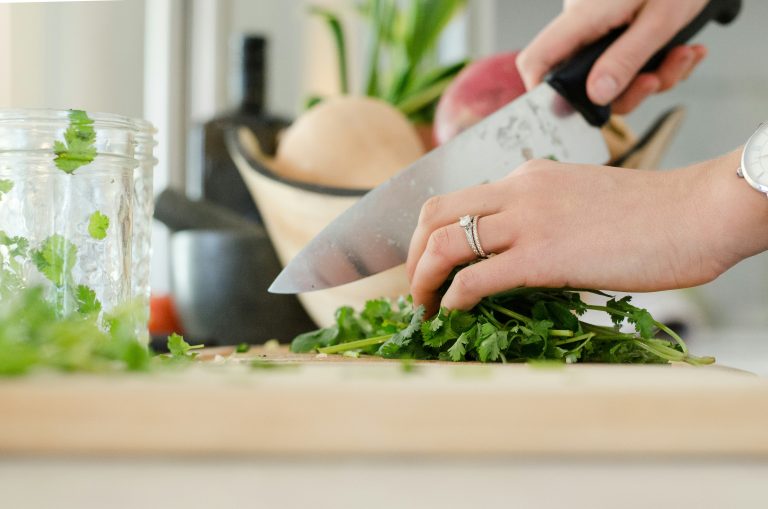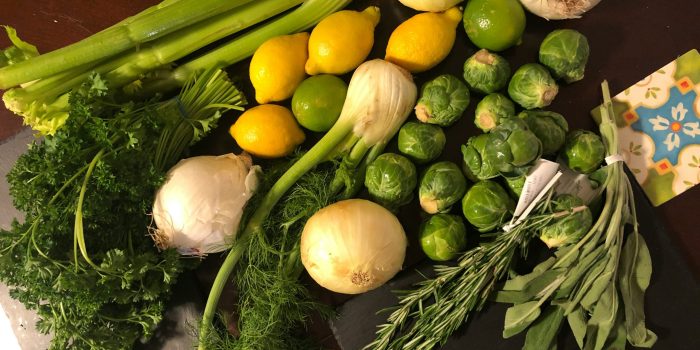Reducing Food Waste, Creating More Impact in Your Kitchen
As a professional in Food Technology and someone who has worked in the food industry, I often asked myself: for instance, how can I use my knowledge to raise awareness on environmental issues and inspire people to become agents of change? Then, this wonderful organization opened its doors to me, allowing me to discover the best ways to reduce food waste at home. Moreover, it provided practical methods that I could apply and share with others.
Furthermore, in July, I organized a webinar together with Greentalist, where I shared tools, facts, and practical strategies. As a result, anyone attending could adopt conscious habits and contribute to a more sustainable planet. Additionally, this initiative encouraged participants to take small actions that collectively make a big difference.

Why does food waste matter so much?
According to FAO (Food and Agriculture Organization of the United Nations), approximately 19% of all food available to consumers ends up wasted, and in addition, another 13% is lost in the supply chain before reaching us. Consequently, this not only causes environmental damage but also translates into over one trillion dollars in economic losses every year. Therefore, reducing food waste is not only an ecological responsibility but also an economic necessity.
The key difference:
- Food Loss: happens before food reaches the consumer (harvest, transport, storage).
- Food Waste: happens once food is in the hands of consumers, supermarkets, or restaurants.
Practical ways to reduce food waste at home
- Check dates wisely: Expiration means safety, Best before means quality. Confusing them is one of the main reasons for waste at home.
- Shop smart: buy only what you need and avoid impulse purchases.
- Don’t judge by looks: “ugly” fruits and veggies are just as good inside.
- Store smartly: know your fridge zones and keep food fresh longer.
- Portion control: serve smaller plates, freeze leftovers, and reuse them creatively.
- Think circular: compost what you can’t eat and support local farmers.

Store Food Smartly in Your Fridge
- Top shelf (0°C to 2°C / 32°F to 35°F): cooked meats, cold cuts, leftovers.
- Middle shelf (2°C to 4°C / 35°F to 39°F): dairy, eggs, recent meals.
- Bottom shelf (4°C to 5°C / 39°F to 41°F): raw meat and fish.
- Drawers (5°C to 8°C / 41°F to 46°F): fruits and vegetables (separate to avoid ethylene).
- Door (6°C or more / 43°F+): sauces, pickles, beverages.
- Freezer (-18°C to -20°C / 0°F to -4°F): raw meat, bread, blanched vegetables.
Extra tip: FIFO (First In, First Out): what you buy first, use first.
Final thought
Reducing food waste at home does not require radical changes; instead, it requires awareness and consistency. For example, from planning your shopping list to donating extra food or using apps to track your pantry, every decision matters.
As I shared during the webinar:
“Respecting food means respecting the effort, resources, and lives behind it.”
Furthermore, the fight against food waste begins in our kitchens. With the right information, organization, and a bit of creativity, we can save money, take care of our health, and protect the planet. Additionally, small everyday actions can collectively make a significant impact on the environment.
With appreciation,
Víctor Bermúdez
Food Technologist





